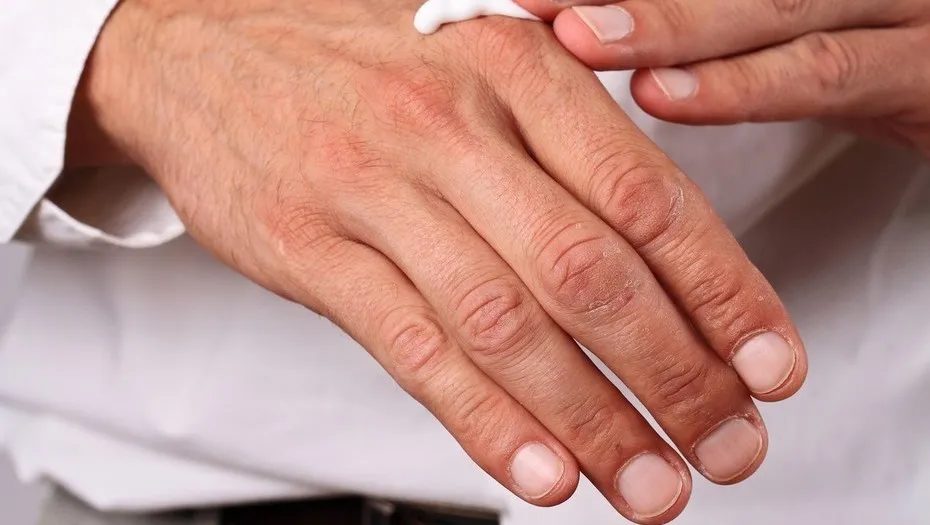People with diabetes have a higher risk of dermatological problems.In fact, some skin -associated diseases may be the first indication of diabetes.They also have a greater predisposition to infections, especially those of bacterial origin.Fungal infections that mostly affect nails, genitals and skin folds are also frequent.
The high levels of blood glucose favor the loss of liquid and, when this occurs, the skin is dry and causes different discomforts such as itching, pain and cracks.Agrieted skin favors the entry of microbes that can cause an infection.Therefore, to avoid these inconveniences it is important to take preventive measures.Below, 10 tips:
1. Correct cleaning
With soap without hypoallergenic perfume so as not to cause irritations.It is ideal that the bathroom does not last more than 10 minutes and that the water is not too hot, so as not to resect the skin.
2. Dry carefully
Pay attention to the fold areas: Axilas, English, behind the knees and forward of the elbows.
3. Examine the skin
Check the skin after the bathroom.If red spots are observed, dry areas, itching, blisters, thin and shiny skin, or that the skin of the hands has become yellowish, thick and tense, the doctor must be attended to indicate the treatment.
4. Good hydration
It is important to apply a moisturizer immediately after the bathroom.Creams containing in their Lanolina or Vaseline formulation are recommended.
5. Take a lot of water
At least 2 liters, to keep the body correctly hydrated.In addition, good hydration provides elasticity and smoothness to the skin.
6. Wear wide footwear
The comfortable shoe reduces the appearance of calluses or chafing.
7. Use plantar pad
It can reduce the risk of ulcers.
8. Nail care
Cut your nails carefully to avoid wounds.If there are problems, it is better to go to a podiatrist.The nails should be cut straight and files can be used.
9. Use clean and dry socks
They are ideal without elastic or seams.They help protect the feet.
10. Avoid cigarette
The smoking habit decreases blood flow to the feet.
* Dr. María Rolandi Ortíz is surgeon, Dermocosmiátrica specialist, member of the Argentine Society of Dermatology and Director of Red Medical Art.


